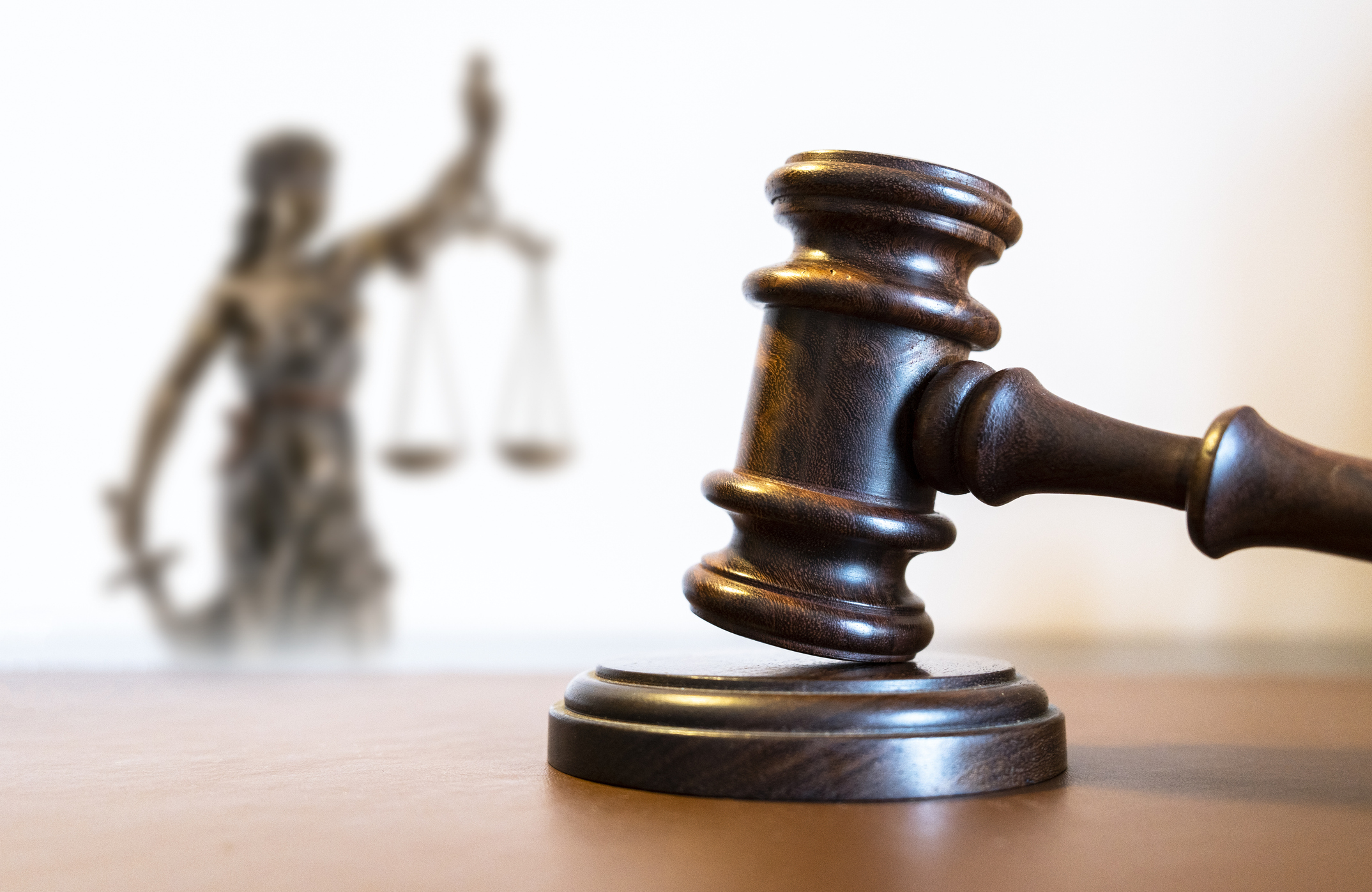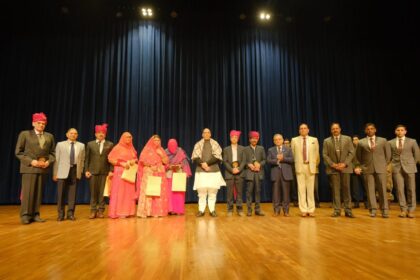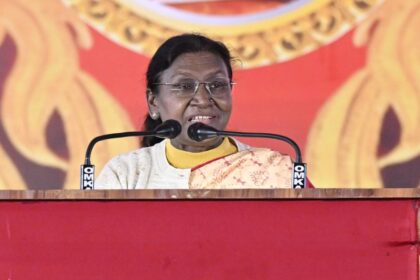Article 142: The Supreme Power Or Judicial Overreach?
When the Indian Constitution was drafted, it gave the Supreme Court an extraordinary tool—Article 142—to ensure “complete justice” in any matter before it. But in recent times, this clause has moved from a safety valve to a superpower, raising concerns about judicial overreach and constitutional balance.
From the Tamil Nadu Governor vs State Government standoff to the collegium appointment deadlocks, Article 142 is now at the center of a serious constitutional debate.
What is Article 142?
At its core, Article 142 allows the Supreme Court to:
“pass any decree or make any order as is necessary for doing complete justice in any cause or matter pending before it.”
Originally envisioned as an extraordinary remedy, it was meant to fill gaps where laws were silent, or justice would otherwise be denied. But today, it’s being used in routine governance disputes, often against elected governments and executive offices.
The Tamil Nadu Bill Controversy
In 2024, the Tamil Nadu government passed 11 bills which the Governor withheld or delayed assent to—violating the spirit of Article 200 of the Constitution.
Rather than let the matter escalate to the President or trigger constitutional mechanisms, the Supreme Court stepped in under Article 142 and “deemed the bills passed.”
Why does this matter?
– The Governor is the President’s appointee.
– Bypassing the Governor indirectly pressurizes the President, sidestepping the Union’s constitutional role.
– It sets a precedent: the Court can override delays or objections by elected or appointed executive authorities.
This wasn’t a judicial review—it was judicial enforcement, almost legislative in nature.
Judiciary vs President: A Shadow Tussle
Though the case didn’t name the President, the implications are clear. If a Governor chooses to withhold a bill and send it to the President for advice, Article 142 can now short-circuit that process.
It leads to a serious constitutional question:
Can the Supreme Court enforce its version of justice over the Union’s decision-making authority?
The answer remains murky—but the implications are alarming.
The Collegium Conflict: Another 142 Stretch
In the 2015 NJAC judgment, the Supreme Court struck down the National Judicial Appointments Commission, reinstating the collegium system. When the Centre delayed appointments, the Court threatened to invoke Article 142 to enforce its judicial selections.
By 2023, the SC was openly saying:
“We may be compelled to use Article 142 if appointments are not acted upon.”
This undermines the President’s role as the constitutional appointer of judges under Article 124. What’s left is a rubber-stamp presidency, where judiciary proposes and enforces, leaving no room for executive consultation.
Can the Union Government Push Back?
Yes—but the tools are limited and slower:
– Article 131: Used for Centre vs State constitutional disputes.
– Articles 256 & 257: Direct state governments to comply with Union laws.
– Attorney General: Can file for compliance or contempt.
But these take time, while Article 142 allows the Supreme Court to act immediately, often without accountability.
Federalism at Risk?
India’s democracy rests on a balance—Centre, States, Judiciary, and the President all play defined roles. But if Article 142 becomes the norm, the judiciary starts to dominate:
– Interpreting laws
– Enforcing its own judgments
– Bypassing executive and legislative will
This transforms the Supreme Court from an interpreter of the Constitution into a de facto super-government.
Conclusion: Justice or Supremacy?
Article 142 is meant to be a fire alarm—used only in exceptional emergencies. But if it’s pulled every time there’s a disagreement between the judiciary and executive, it ceases to be exceptional.
As a citizen and observer of constitutional democracy, I ask:
“What happens to the President’s authority when every judicial blow lands indirectly on their shoulders?”
This is not just about legal turf wars—it’s about preserving the structure of our Republic.










